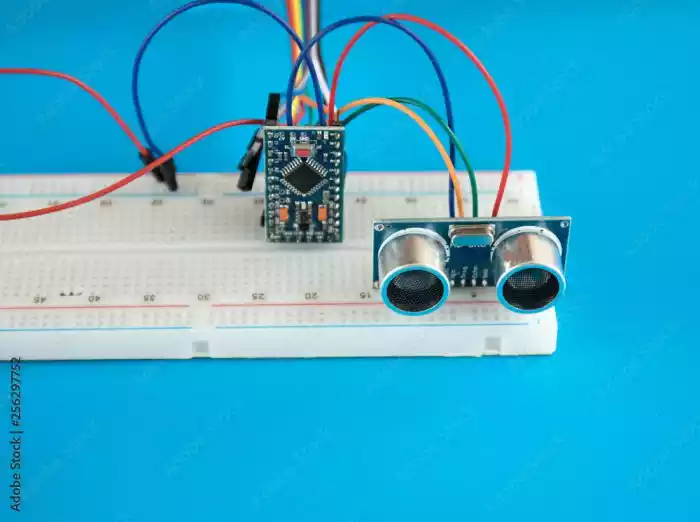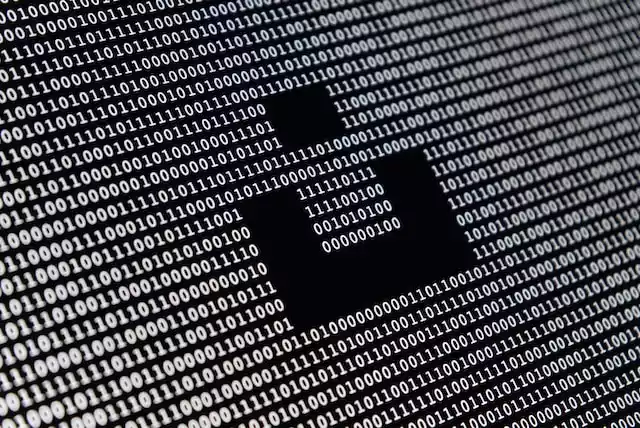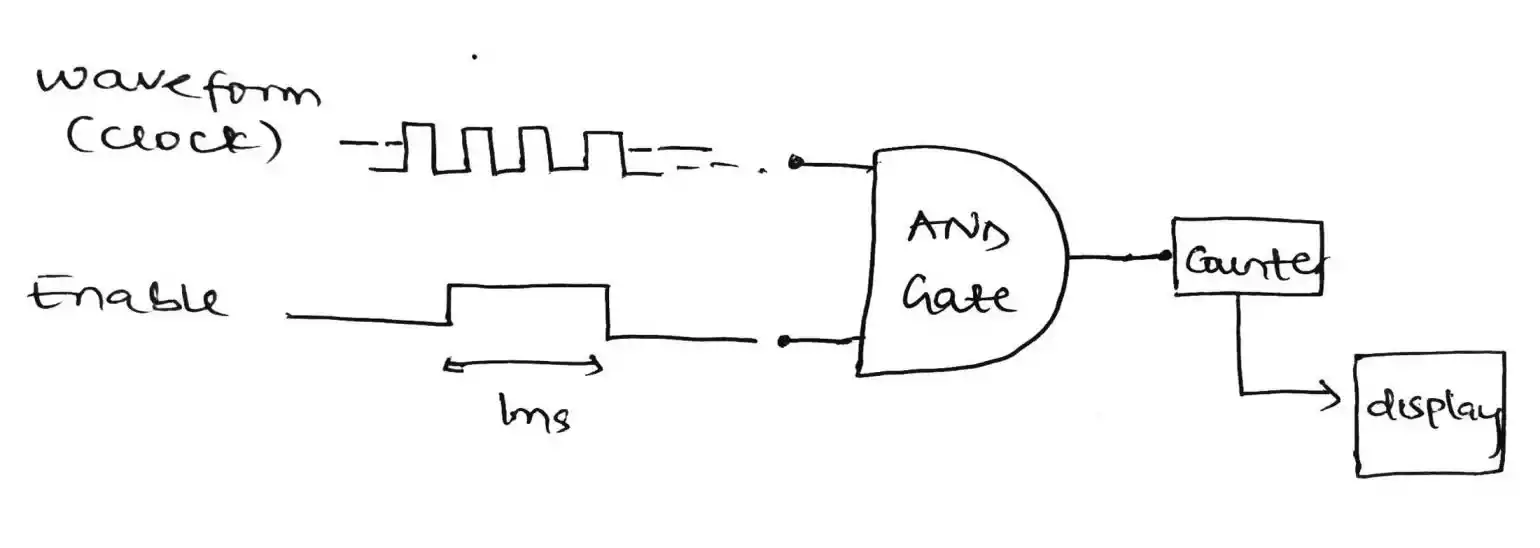Why Digital Signals are Used in Computer Systems
In the sphere of computer systems, the utilization of digital signals has revolutionized the way information is processed, stored, and transmitted.
By employing a binary system of representing data, digital signals offer numerous advantages that contribute to the seamless functioning of computers.
Table of Contents
Digital Signals vs. Analog Signals
To grasp the significance of digital signals, it is essential to understand the distinction between digital and analog signals.
Analog signals are continuous waves that can fluctuate in amplitude and frequency.
.webp)
On the other hand, digital signals are discrete, representing information as a series of binary digits, commonly known as bits, where each bit can hold a value of either 0 or 1.
.webp)
Reasons for Using Digital Signals
Digital signals have gained prominence in computer systems due to several reasons, which we will explore below.
1. Reliability
One of the key advantages of digital signals over analog signals is their enhanced reliability.
Analog signals are susceptible to interference and noise, which can distort the original information being transmitted.
In contrast, digital signals are more robust in dealing with noise since they are based on discrete values.
This reliability ensures that the integrity of the data remains intact throughout its journey within the computer system.
2. Efficiency
Efficiency is another crucial factor in the preference for digital signals. Digital signals require less bandwidth for transmission compared to analog signals.
This is because digital signals only need to convey information in a binary format, whereas analog signals require a continuous wave representation.
Consequently, digital signals enable faster and more efficient data transfer and storage, allowing for optimized performance in computer systems.
3. Versatility
Digital signals have an inherent advantage of versatility. They can represent a wide range of data types, including text, images, audio, and video.
By employing various encoding techniques, digital signals can encapsulate diverse forms of information within the binary framework.
This versatility makes digital signals highly adaptable for numerous applications across different industries, from multimedia content to scientific data analysis.
Examples of Digital Signal Usage
Let’s look at some practical examples that demonstrate the utilization of digital signals in computer systems.
1. Data Storage
Digital signals are extensively employed for data storage in computer systems. Hard drives, solid-state drives, and other storage devices utilize digital signals to encode and store information.
By converting data into binary form, computer systems can efficiently organize and retrieve stored data, ensuring reliability and easy accessibility.
2. Data Transmission
Digital signals serve as the foundation for data transmission in computer networks, including the vast landscape of the internet.
When data is sent over the internet or any other network, it is broken down into packets of digital signals.
These packets travel across the network infrastructure, reaching their destination where they are reassembled into the original data.
The utilization of digital signals facilitates secure, error-free transmission of information, enabling seamless communication between computer systems worldwide.
3. Computation
Digital signals play a pivotal role in computer systems for performing various computations.
Computers process digital signals through their electronic components, manipulating binary values to execute complex operations.
The ability to perform calculations using digital signals allows computers to solve complex problems, analyze data, and power a wide range of applications.
4. Control
Digital signals are extensively used to control devices in computer systems, such as robots and appliances.
Through the transmission of digital signals, commands and instructions are sent to these devices, dictating their behavior and operation.
This utilization of digital signals enables precise control over various systems, enhancing automation and improving efficiency.
Wrap Up
Digital signals have become an integral part of computer systems due to their unmatched reliability, efficiency, and versatility.
Their discrete nature, coupled with advanced encoding techniques, enables seamless data storage, transmission, computation, and control.
FAQs
- How do digital signals differ from analog signals? Digital signals represent data as a series of binary digits, whereas analog signals are continuous waves that can fluctuate in amplitude and frequency.
- Why are digital signals more reliable than analog signals? Digital signals are more reliable due to their discrete nature, making them less susceptible to interference and noise compared to analog signals.
- Can digital signals store different types of data? Yes, digital signals are highly versatile and can store a wide range of data types, including text, images, audio, and video.
- What are some examples of digital signal usage in computer systems? Digital signals are used for data storage, data transmission over networks, computations in computers, and controlling devices such as robots and appliances.
- How have digital signals transformed the technology landscape? Digital signals have revolutionized technology by enabling efficient data processing, seamless communication, and precise control, fostering the advancement of various industries.




